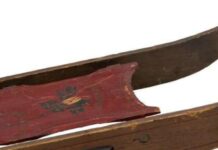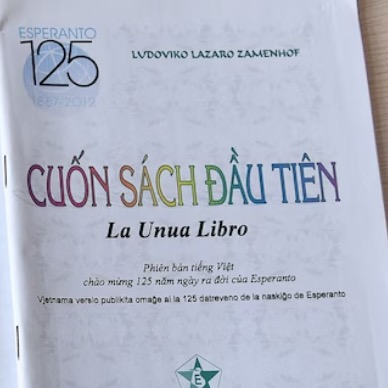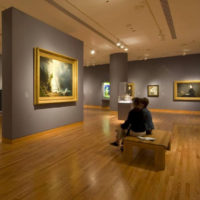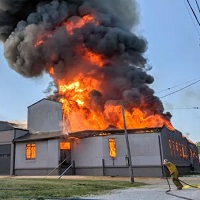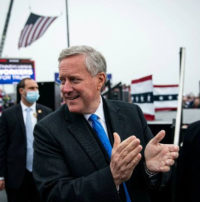When the idea and the office of the president was regarded with a sort of reverence, presidential representations were more heroic, historian Dean J. Kotlowski writes, pointing to the “schmaltzy, character-themed biographies” of the 1930s through early ’60s. And in a sort of reversal, where a fictional representation led to a very nonfictional one, researchers Michael P. Rogin and Kathleen Moran note that the political film Mr. Smith Goes to Washington had a strong influence on the nation’s highest office. – JStor

